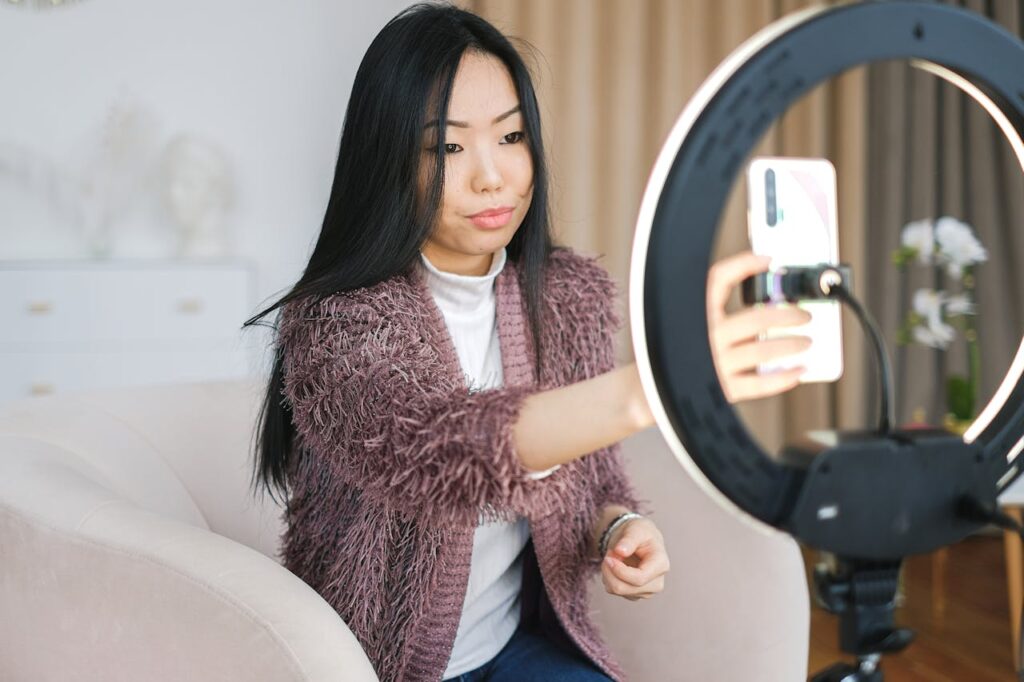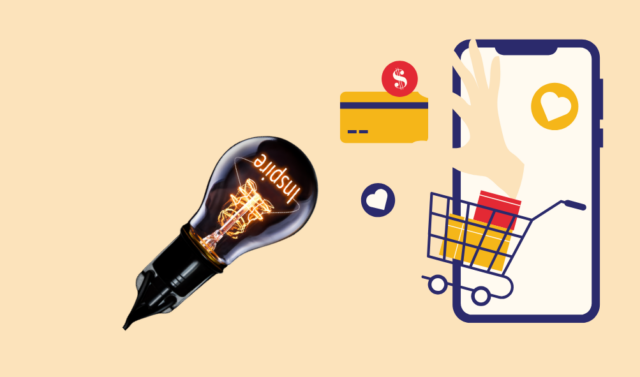OpenAI Releases Its Latest: GPT-4.5, the AI That’s Smarter, Faster, and More Human-Like Than Ever
OpenAI has revealed its latest breakthrough in artificial intelligence: GPT-4.5. This new iteration builds on the success of its predecessor, GPT-4, and takes AI capabilities to unprecedented heights.
With enhanced reasoning, deeper contextual understanding, and a more human-like touch, GPT-4.5 is poised to revolutionize how we interact with technology.
From transforming customer service to assisting in education and healthcare, this advanced model is not just an upgrade it’s a glimpse into the future of AI.
What Makes GPT-4.5 Special?
GPT-4.5 is the latest addition to OpenAI’s Generative Pre-trained Transformer series, acting as a bridge between GPT-4 and the highly anticipated GPT-5.
It’s not just an incremental update it’s a refined version of its predecessor, designed to address some of the limitations of earlier models while introducing new capabilities.
Think of it as a more intelligent, faster, and more intuitive AI that understands the world in a way that feels almost human.

Key Upgrades
Here’s what sets GPT-4.5 apart from its predecessors. These aren’t just technical improvements they’re features that will change how you interact with AI in your everyday life.
Better Language Understanding
GPT-4.5 is like that friend who always knows what you mean, even when you’re not saying it perfectly.
It’s better at picking up on the subtleties of human language, which means fewer misunderstandings and more natural, relatable conversations. Whether asking a complex question or just chatting, GPT-4.5 makes the interaction effortless.
Sharper Reasoning Skills
Need help solving a tricky math problem, analyzing a legal document, or crafting a persuasive argument? GPT-4.5 is your go-to. It’s been upgraded to easily handle multi-step reasoning tasks, making it a valuable tool for students, professionals, and anyone who needs extra brainpower.
Faster Responses
We’ve all waited for a slow computer or app to catch up. GPT-4.5 eliminates that frustration by delivering faster responses without sacrificing quality. This makes it perfect for real-time applications like chatbots, virtual assistants, and customer support systems.
Keeps Track of Longer Conversations
One limitation of earlier AI models was their struggle to remember long conversations or documents. GPT-4.5 fixes this by expanding its “memory,” allowing it to retain and reference more information over extended interactions. This is a game-changer for tasks like summarizing lengthy reports, conducting research, or having in-depth discussions.
More Human-Like Creativity
GPT-4.5 isn’t just logical—it’s also creative. Whether you need help writing a story, composing a poem, or brainstorming marketing ideas, this AI can generate content that’s not only coherent but also imaginative and engaging. It’s like having a creative partner who’s always ready to collaborate.

Stronger Multimodal Capabilities
GPT-4.5 takes multitasking to a whole new level. It can process and understand text, images, and code more seamlessly.
This opens up exciting possibilities for designers, developers, and analysts, making it a versatile tool for various industries.
How GPT-4.5 Is Changing the Game
For businesses, GPT-4.5 is a game-changer. It can handle customer inquiries, draft emails, and streamline workflows with remarkable accuracy and efficiency. This means companies can provide better service while saving time and resources.
Students and educators are also reaping the benefits of GPT-4.5. It’s like having a personal tutor available 24/7, ready to explain complex topics, generate study materials, and provide detailed feedback. Whether you’re struggling with calculus or writing an essay, GPT-4.5 is here to help.
In healthcare, GPT-4.5 is proving to be a valuable ally. It can analyze medical literature, assist with preliminary diagnoses, and help professionals manage patient documentation. While it’s not a replacement for doctors, it’s a powerful tool that enhances their ability to provide care.
Developers, rejoice! GPT-4.5 offers more accurate coding suggestions, helps debug issues, and provides real-time programming assistance. This speeds up the development process and allows developers to focus on the creative and strategic aspects of their work.
The Flip Side
As exciting as GPT-4.5 is, it’s essential to address the ethical concerns that come with such powerful technology. Issues like AI-generated misinformation, biases in responses, and the potential for over-reliance on AI must be carefully managed.
OpenAI is working on safeguards, but it’s up to us all to use this technology responsibly. Transparency, accountability, and ongoing dialogue will ensure that GPT-4.5 is used for the greater good.
GPT-4.5 is a glimpse into the future of artificial intelligence. While it’s not quite Artificial General Intelligence (AGI), which would match human-level thinking, it’s a significant step in that direction.
With its enhanced reasoning, creativity, and contextual understanding, GPT-4.5 is helping us imagine a world where AI seamlessly integrates into our lives, assisting with complex tasks, decision-making, and creativity.
The next few years will be crucial in shaping how AI evolves and how we, as a society, adapt to its growing presence.
.




























